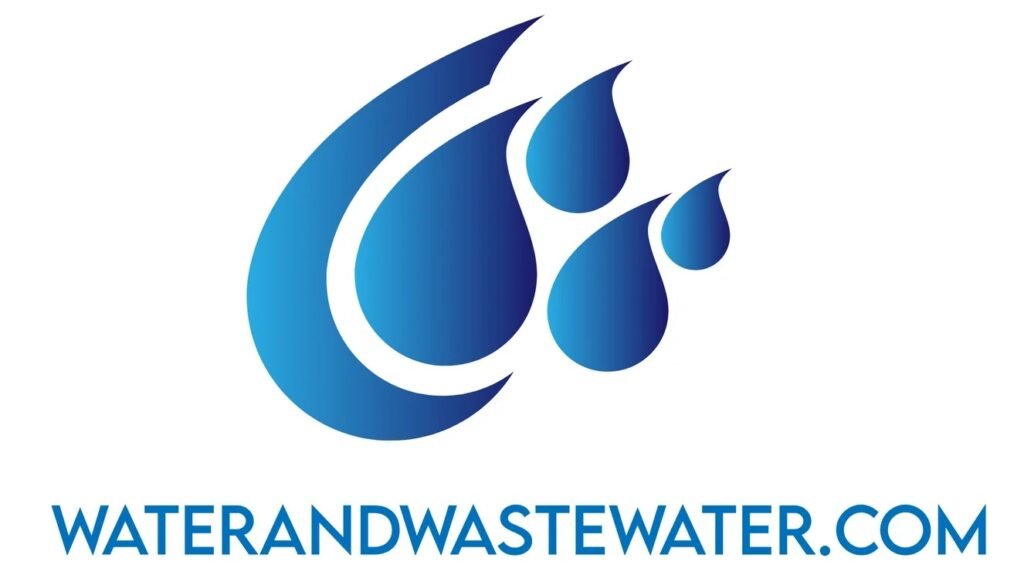
Tag: water
City of Las Vegas Water Reclamation Project: A Beacon of Sustainability in the Desert Las Vegas, Nevada – synonymous with dazzling lights, grand entertainment, and immense tourist influx – stands in stark contrast to its geographic reality: it exists within one of the most arid regions in the United States. Despite its desert location, […]
Nanophotonic Water Quality Sensors: A Technological Revolution in Environmental Monitoring Introduction Environmental sustainability has become a vital concern for the global community, particularly in the context of water quality. With access to clean and safe water recognized as a fundamental human right, ongoing advancements in technology are driving significant improvements in water monitoring systems. Among […]
How Long Does Wastewater Treatment Take? Introduction Wastewater treatment is an essential process that ensures the safe disposal or reuse of water contaminated by human activities. As global populations increase and industrial activities expand, the effective treatment of wastewater becomes paramount to safeguarding public health and the environment. One of the vital questions […]
The Henderson Advanced Wastewater Treatment Plant: A Cornerstone of Sustainability Located in the growing city of Henderson, Nevada, the Henderson Advanced Wastewater Treatment Plant (HAWTP) stands as a beacon of modern environmental stewardship and technological innovation. This facility is not just a critical piece of infrastructure; it’s an exemplar of the city’s commitment to […]
Wastewater Treatment for Agricultural Use: A Comprehensive Guide Introduction With the global population steadily climbing, the demand for fresh water is ever-increasing. This necessitates innovative solutions for sustainable water management. One such solution is the treatment and reuse of wastewater in agriculture. Wastewater treatment for agricultural use promises to alleviate the stress on […]
The Roberto Bustamante Wastewater Treatment Plant: A Pillar of Environmental Stewardship and Community Engagement Introduction In the arid landscape of El Paso, Texas, where water is a precious resource, the Roberto Bustamante Wastewater Treatment Plant stands as a beacon of modern engineering and environmental stewardship. Serving a burgeoning population and constantly pushing the […]
Metamaterial-Enhanced Water Treatment: Revolutionizing Clean Water Technologies Introduction Water is an essential component for life on Earth, crucial for human survival, agriculture, and industrial processes. However, access to clean and safe drinking water remains a significant challenge for many communities worldwide. Traditional water treatment methods often struggle with limitations in efficiency, scalability, and […]
How Long Does It Take For Water To Separate From Gasoline? Gasoline, a highly volatile fuel, finds application in various engines and machinery worldwide. Even though modern gasoline is of exceptionally high quality, contaminants can still find their way into your fuel tank. One of the most common contaminants is water, which can compromise […]
Atlantic County Utilities Authority Water Pollution Control Facility: Safeguarding Our Waterways Introduction Water pollution control facilities stand as silent sentinels in our communities, ensuring that the everyday water we utilize – from morning showers to evening dishwashing – is meticulously treated and returned safely to natural water bodies. Among these crucial institutions is […]
How Is Stormwater Treated? Stormwater pollution is a major environmental challenge today, with implications for both natural ecosystems and human health. As urban areas continue to expand, the volume of stormwater runoff increases, leading to greater levels of pollutants entering water bodies. The effective treatment of stormwater is crucial for maintaining water quality, mitigating flooding, […]